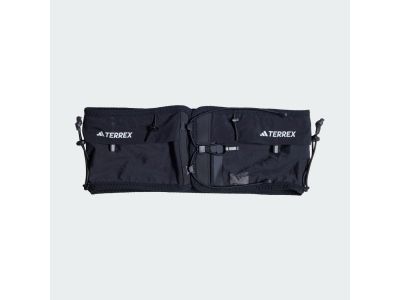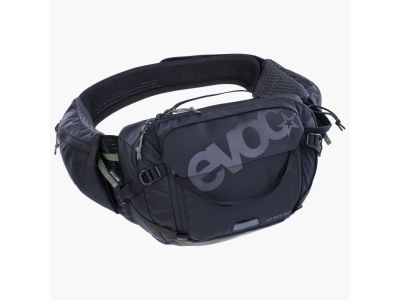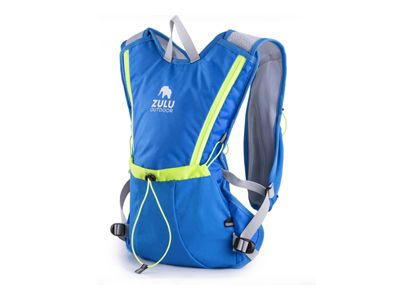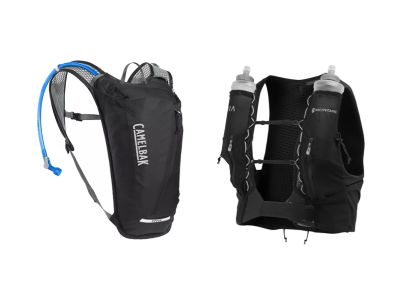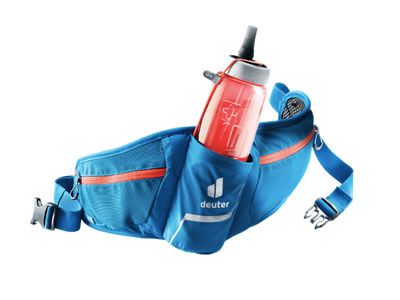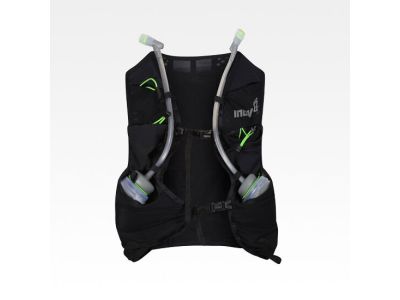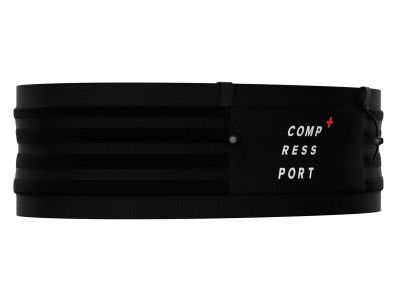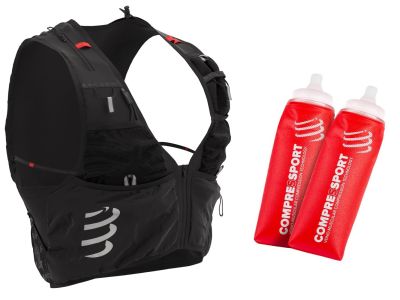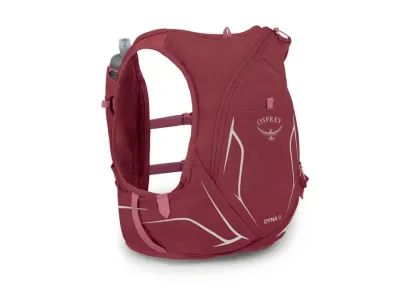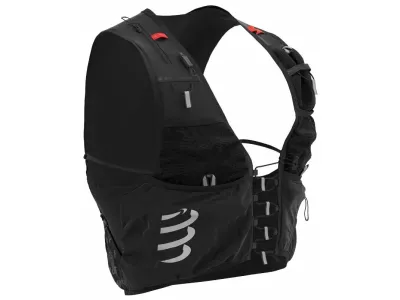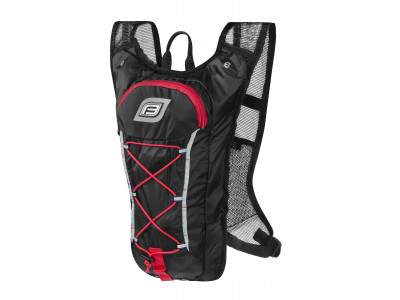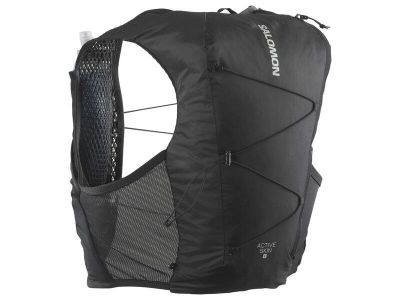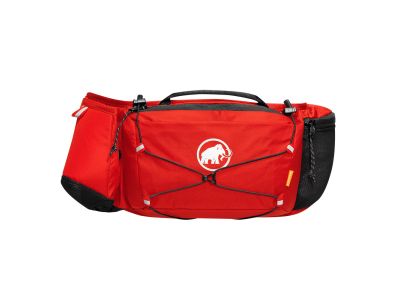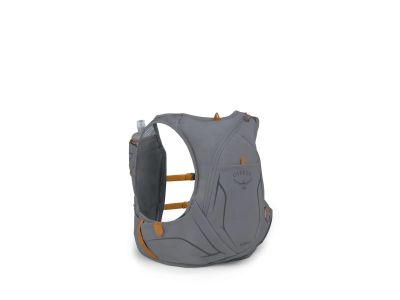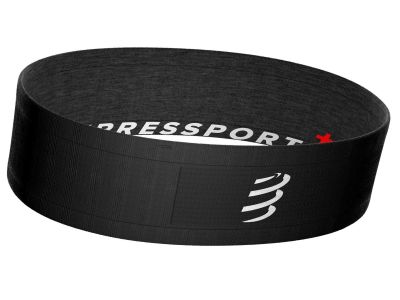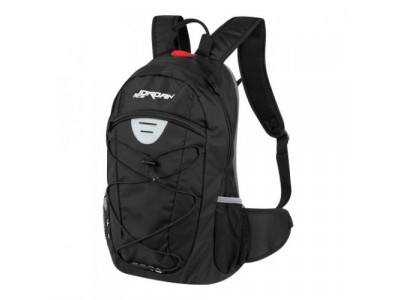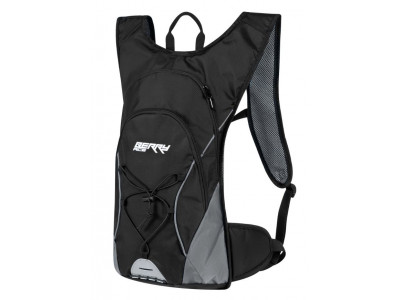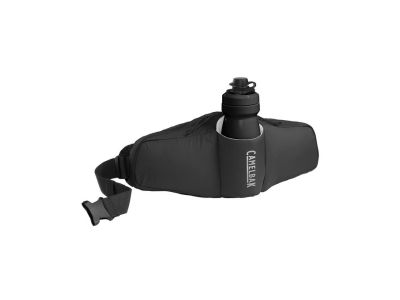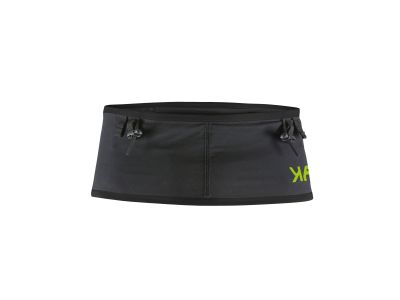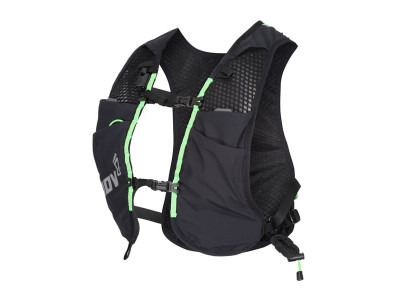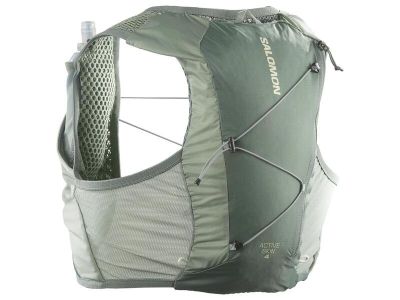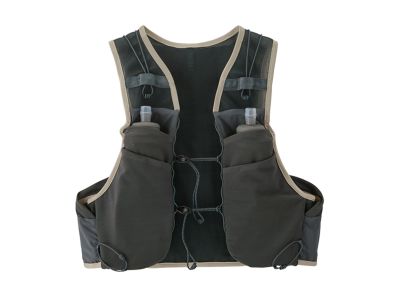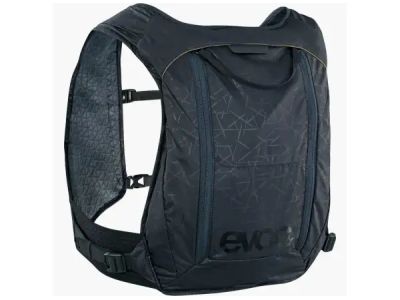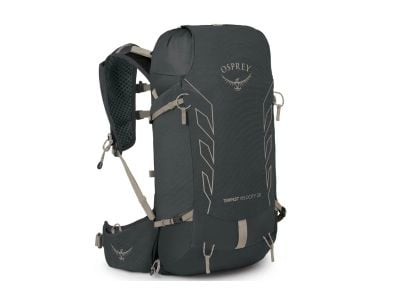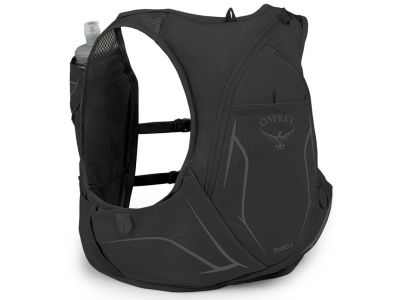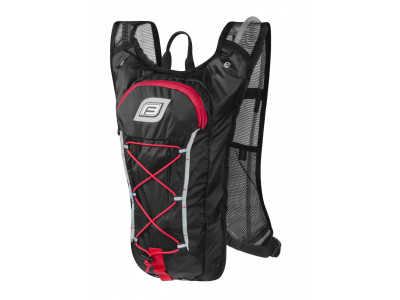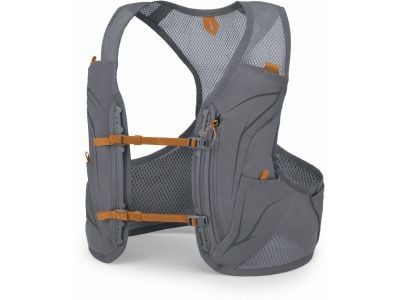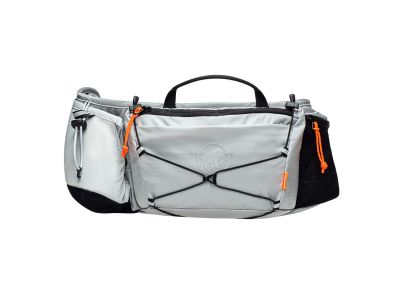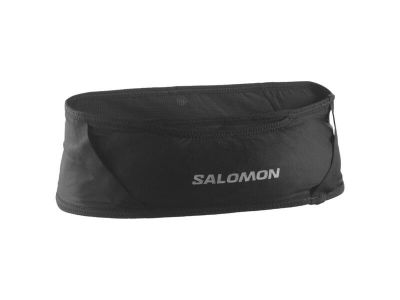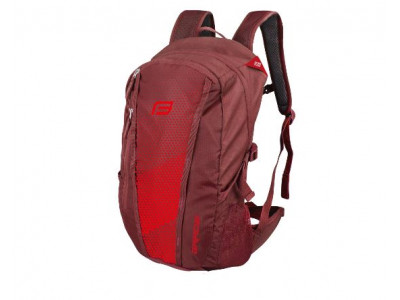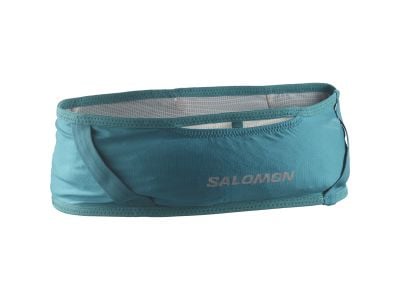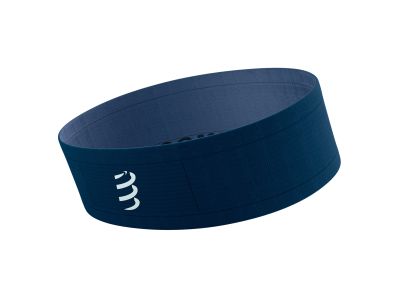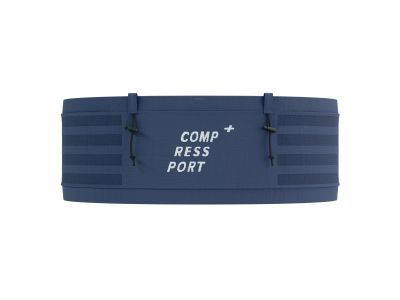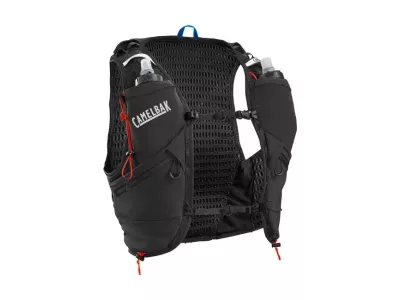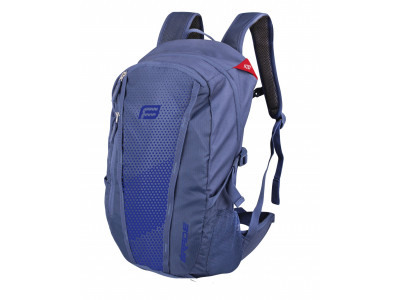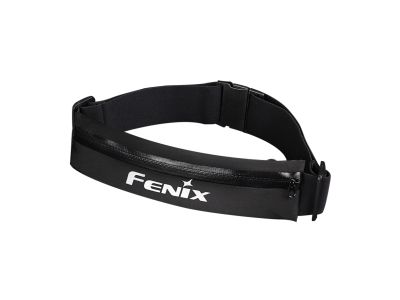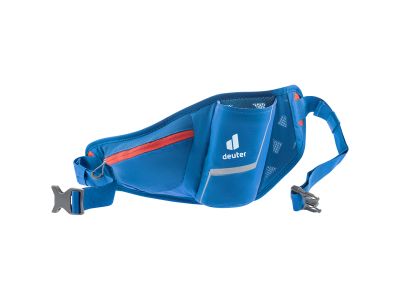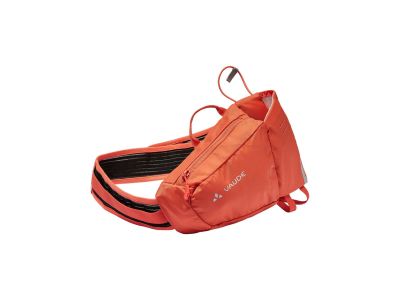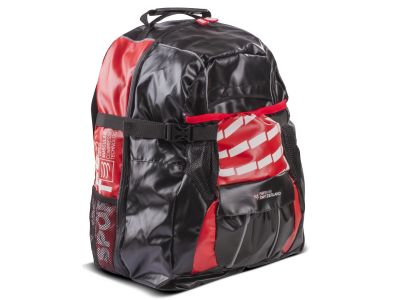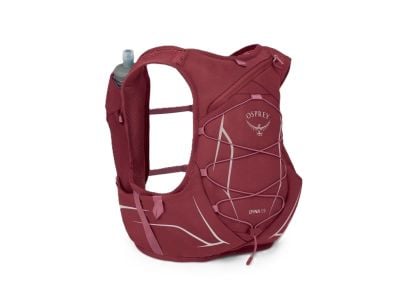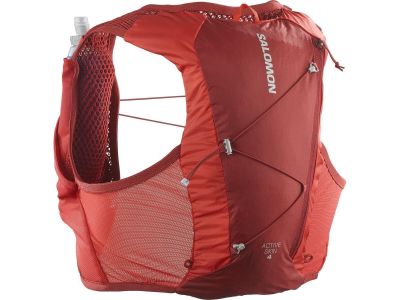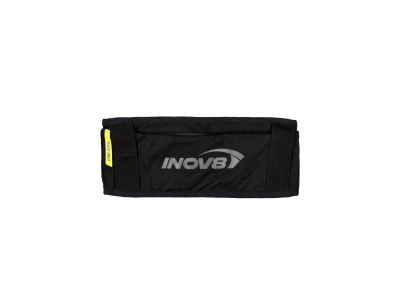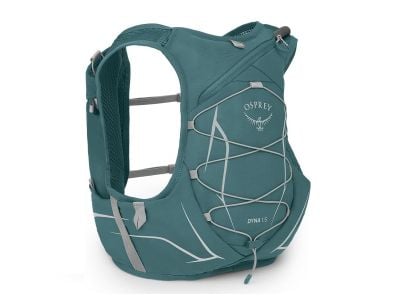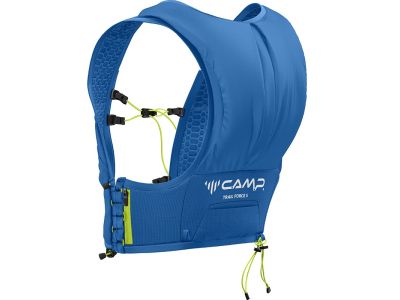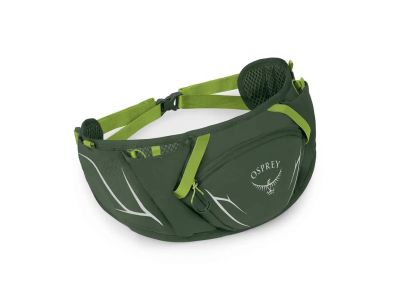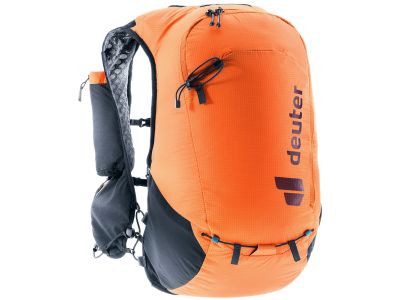Running backpacks provide ample storage space for essentials like water bottles, snacks, a change of clothes, and personal items. They offer versatility and comfort thanks to adjustable straps and an ergonomic design that evenly distributes weight across your back. These backpacks are ideal for longer distances and trail running, ensuring you have everything you need within reach.
On the other hand, running vests are lightweight and allow for a snug and comfortable fit. They are equipped with multiple pockets and compartments for storing hydration bottles, energy gels and small items. The main advantage of vests is their ability to evenly distribute weight across the upper body, which ensures stability and freedom of movement. They are ideal for shorter runs and races where minimal equipment is needed.
For those looking for a compact and convenient option, running waist packs are a good choice. They are designed to be worn around the waist and offer easy access to your belongings without disrupting your run. Running waist packs are ideal for carrying small items like keys, phone, and energy gels.
How to choose between a hip pack, backpack or running vest?
When deciding between running backpacks, vests, and waist packs, consider the following factors to help you choose the best one for your needs:
- Storage capacity: Determine how much gear, water, and nutrition you need to carry on your run. Backpacks typically offer the most storage space, followed by vests and hip packs.
- Comfort and fit: Consider which option will provide the best comfort and fit for your body type and running style. Vests are designed to distribute weight evenly across your torso, while backpacks and waist packs can offer varying levels of adjustability.
- Hydration: If staying hydrated while running is a priority, look for a running backpack that includes a hydration bladder or water bottle holders. Vests often come with built-in hydration systems, while backpacks and waist packs may require additional accessories.
- Accessibility: Think about how easy it is to access your gear and supplies while running. Vests typically offer multiple pockets and compartments for quick access, while waist packs and backpacks can have a variety of designs and features for organizing gear.
- Weight distribution: Consider how each option distributes weight across your body. Vests are designed to minimize bouncing and shifting, while backpacks and waist packs can vary in how they distribute weight during a run.
- Terrain: Consider the terrain and conditions you typically run in. Backpacks may be more suitable for longer distances or trail running, while vests and hip packs are popular choices for shorter runs or races.
Can I carry hydration bottles or bladders in my running backpack, vest or hip pack?
Yes, you can usually carry bottles or hydration bladders in your running backpack, vest, or hip pack. Many running backpacks, vests, and hip packs are designed with hydration in mind, as hydration while running is essential for performance and safety.
Running backpacks often come with dedicated compartments or pouches to store a hydration bladder, which is a flexible reservoir that can be filled with water and connected to a tube for easy drinking while running. Some backpacks also have additional pockets or straps to attach a water bottle for quick access.
Running vests are designed with front pockets that are ideal for carrying soft hydration bottles. These front pockets are easily accessible and allow runners to hydrate without having to take off their vest.
Hip packs, also known as waist packs or running belts, may have special pockets or water bottle holders to ensure hydration during shorter runs or races. Some hip packs have a built-in hydration system with a hydration bladder, while others allow you to attach a water bottle for easy access.
